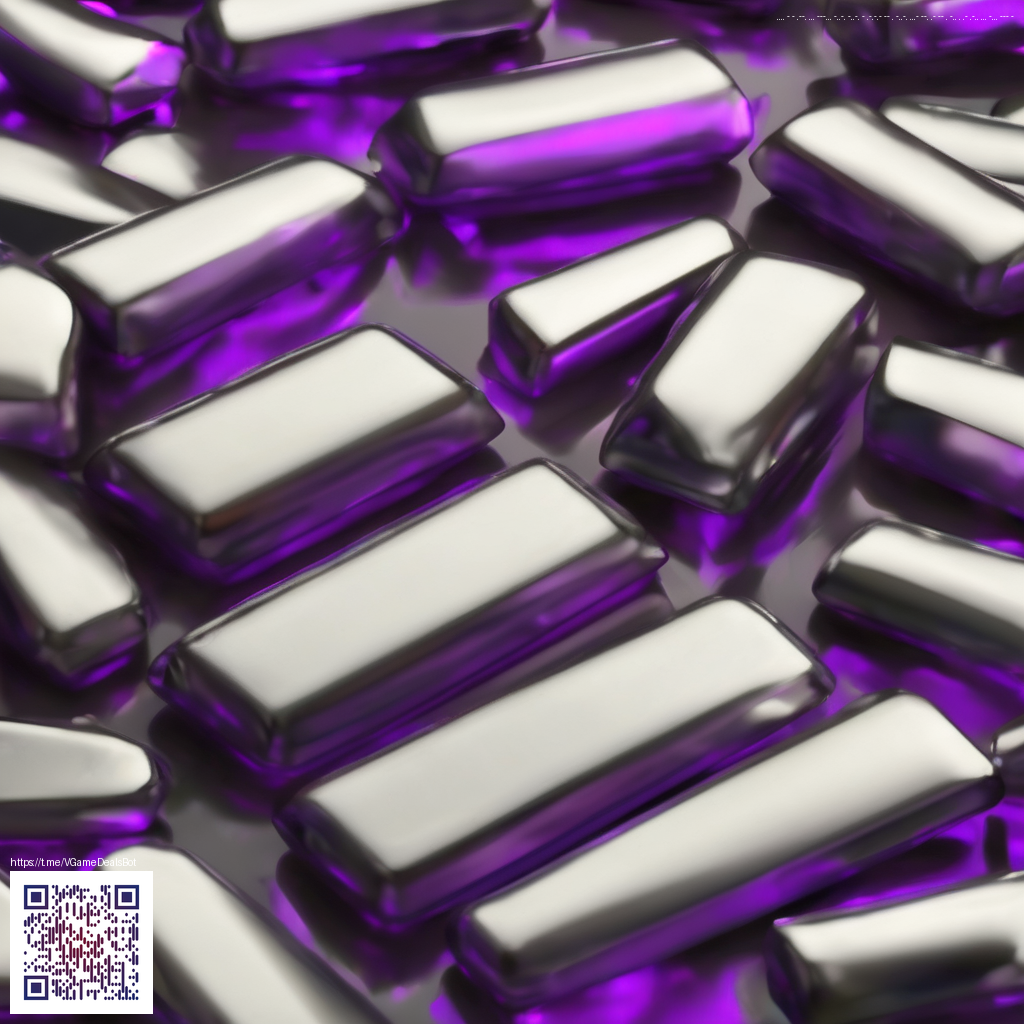
Graphics Showdown on Switch Docked versus Handheld in Pokémon Legends Arceus
Pokémon Legends Arceus invites players into a distinctive blend of action RPG exploration and strategic catching. On the Nintendo Switch hardware that powers both modes, the comparison between docked and handheld experiences is not just about how the game looks in a still-frame, but how those visuals shape the moment to moment of gameplay. In this look at the docked versus handheld presentation, we unpack resolution growth, texture clarity, draw distance, and what those details mean for combat, exploration, and the sense that you are really stepping into Hisui.
What changes between modes
In docked mode the game employs dynamic resolution to stay close to the target of thirty frames per second. The result is a fluctuating picture that can peak near 1080p in quieter scenes and dip toward around 900p during more demanding moments. Handheld mode uses a fixed 720p, prioritizing stability and portability over peak pixel density. The frame rate aims for a consistent thirty frames per second in both modes, with occasional hitches during large skirmishes or densely populated areas that push the engine beyond comfortable limits.
Texture fidelity and draw distance echo these choices. Docked visuals often reveal crisper characters and terrain textures when the frame time allows, while handheld sessions lean on scalable details that remain readable on a smaller screen. In practice, the core art direction stays intact across both modes, so beloved silhouettes, color grading, and the general atmosphere remain recognizable regardless of where you play. It is the micro shifts in resolution and frame pacing that create the biggest perceptual gaps for seasoned players who swap modes mid session.
Gameplay implications and visual fidelity
From a gameplay perspective these graphics decisions matter most in sprawling environments and tense encounters. On the TV you may notice smoother transitions in fast paced encounters as the engine balances effects and enemy density with the available power budget. In handheld play the scene complexity is still readable and accessible, but you will see more frequent crispness trade offs as the system keeps a steady frame pace. The art style remains bold and legible, with vibrant palettes that help you identify Pokémon silhouettes and landmarks at a glance.
Performance related quirks, such as pop in or delayed texture loading, tend to become more apparent in areas with heavy foliage or large crowds. However, the game applies its own visual design language to mitigate these moments, maintaining a cohesive experience whether you are exploring dense woods or tracking a Pokémon across open plains. The overall impression is that the developers have pursued a faithful representation of the source art while respecting the hardware constraints of the Switch family of consoles.
Community voices and side by side insights
Players frequently share side by side comparisons to discuss how each mode feels in real time. Across social feeds and fan videos, a recurring theme is that docked mode presents a cleaner, slightly sharper image with more forgiving edge definition during tense battles. Handheld playback tends to feel a touch softer but remains highly legible, which many players value when gaming on the go. The consensus is nuanced: the differences are perceptible to keen eyes, yet neither mode breaks the immersion or the charm of the art style that defines this entry.
- Side by side clips highlight the dynamic resolution in docked play and the solidity of handheld rendering during exploration.
- Discussions often note that color vibrancy stays consistent, ensuring that the world feels as alive on the couch as it does in pocket mode.
- Community benchmarks show the frame pacing holding steady for long stretches with occasional minor stutters during heavy scenes.
- Newcomers sometimes overlook the subtle improvements in lighting and shading that become noticeable after spending time with both modes.
- Fans frequently request official notes from developers about any planned refinements or future ports, balancing nostalgia with technical curiosity.
Update coverage and performance context
Over time players have observed incremental improvements through post launch updates that refine performance in both modes without altering the core resolution targets. While there has not been a dramatic overhaul to the systems powering docked and handheld visuals, these updates help reduce occasional hitches and smooth out some of the texture loading behaviors in busy scenes. The end result is a more stable, predictable experience that respects the Switch hardware while preserving the distinctive aesthetic that fans celebrate.
Modding culture and developer commentary
In this particular franchise, mods and fan made graphic tweaks are far more prevalent on PC ports or fan projects. On the Switch platform the community energy focuses on side by side showcases, streaming analysis, and art oriented explorations of how the game renders in different contexts. Developers have historically emphasized preserving the signature look and feel while steering the game toward smooth, approachable performance on a handheld console. The balance between fidelity and playability remains a central talking point in how the community interprets each mode’s visuals.
Practical takeaways for players
If you are chasing the most polished image possible, docking your Switch for longer play sessions is the sensible pick. If you value portability and the convenience of playing during commutes or breaks, handheld mode remains a strong option with a reliable thirty frames per second target. Either way you will experience a visually cohesive world, with the studio’s art direction carrying you through the story and the wilds of Hisui without distraction.
Protect your gear while you explore When you settle in for a long session or a camping trip style playthrough, keep your device safe with a durable case built for on the go gaming. Check out the gear below for a reliable companion during adventures in distant lands.
Magsafe Phone Case with Card Holder